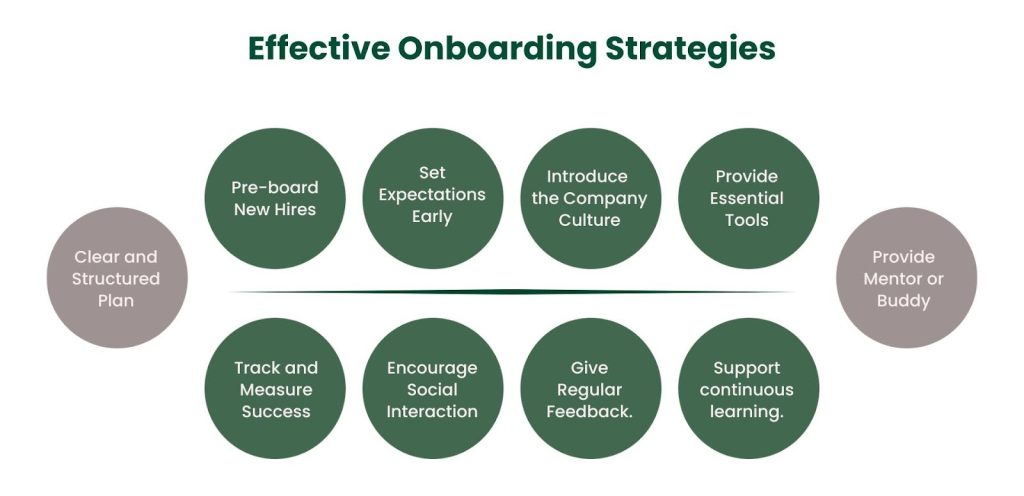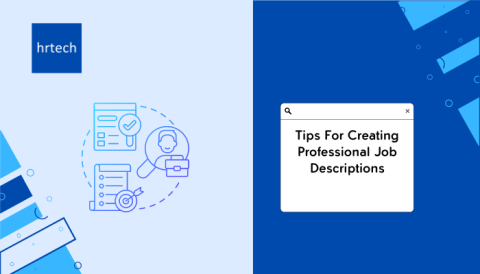Introduction
Hiring the right talent is only the beginning. To truly unlock workforce potential and protect business continuity, organizations must focus on two critical lifecycle events: onboarding and offboarding.
Whether bringing in a new employee or saying farewell to a departing one, structured strategies can significantly impact team efficiency, data security, company culture, and long-term success.
Effective onboarding sets the stage for productivity and engagement, while smooth offboarding ensures operational continuity and security.
In this blog, we explore proven strategies, practical steps, and industry-best practices to make both transitions seamless, secure, and human-centered.
Understanding Onboarding and Offboarding
The employee journey begins with onboarding and ends with offboarding—two critical processes that shape the employee experience, influence company culture, and affect long-term business outcomes.
What Is Onboarding?
Onboarding is the strategic process of integrating a new employee into an organization. It involves much more than just filling out paperwork and handing over a laptop—it’s about making new hires feel welcome, informed, and prepared to contribute from day one.
A well-structured onboarding process typically spans the first few weeks or even months of employment and includes:
- Orientation and Welcome Activities: Introducing new hires to company culture, values, and team structures.
- Role-Specific Training: Teaching them the tools, systems, and processes required for their role.
- Goal Setting and Performance Expectations: Helping employees understand what success looks like in their position.
- Mentorship or Buddy Systems: Pairing new hires with experienced employees to foster relationships and accelerate learning.
- Compliance and Documentation: Ensuring that legal, tax, and policy documents are completed and understood.
What Is Offboarding?
Offboarding is the structured process that takes place when an employee exits the company, whether voluntarily (resignation, retirement) or involuntarily (layoff, termination). It ensures that the departure is handled professionally, respectfully, and securely.
A comprehensive offboarding process may include:
- Notice Period Management: Coordinating handovers, updating stakeholders, and adjusting team dynamics.
- Knowledge Transfer: Documenting workflows, current projects, and key contacts to avoid operational disruptions.
- Exit Interviews and Feedback Collection: Gaining insights into employee satisfaction and areas for improvement.
- Revoking Access and Recovering Assets: Ensuring security by disabling accounts, recovering devices, and securing intellectual property.
- Final Pay and Benefits Processing: Managing payroll, unused vacation time, benefits termination, and post-employment support.
While often overlooked, offboarding is just as critical as onboarding. It protects company data, helps maintain workplace morale, and offers valuable feedback that can lead to positive organizational change.
Why Do These Processes Matter?
Together, onboarding and offboarding bookend the employee lifecycle. Done right, they:
- Improve the Employee Experience: Making employees feel valued at both the start and end of their tenure fosters goodwill and strengthens employer branding.
- Support Compliance and Security: Structured processes reduce the risk of data breaches, non-compliance, and legal issues.
- Enhance Operational Continuity: Proper transitions reduce downtime, knowledge loss, and disruptions to workflows.
Solutions available on platforms like TeamLease Digital can simplify compliance and documentation processes, ensuring seamless transitions for employees.
Effective Onboarding Strategies

A great onboarding experience sets the tone for an employee’s journey in your organization. It boosts morale, accelerates productivity, and builds loyalty from day one.
Here’s how to build an onboarding process that doesn’t just check boxes—but actually works.
1. Create a Clear and Structured Onboarding Plan
Develop a comprehensive onboarding plan that covers all essential steps. A structured process prevents confusion and ensures no critical aspects are overlooked.
2. Pre-board New Hires
Pre-boarding includes sending welcome emails with essential information about the company, employee benefits, and what to expect on the first day. Provide them with paperwork to complete ahead of time, such as tax forms, contracts, and company policies, so they can start smoothly without delay.
3. Set Clear Expectations from the Start
Be transparent about job responsibilities, company goals, and performance expectations from the very beginning. Clear expectations help new employees feel confident and understand how their work fits into the company’s success.
4. Introduce the Company Culture
Introduce new employees to the company culture through welcome sessions, social activities, and team-building exercises.
5. Provide Access to Essential Tools and Resources
Ensure that all the necessary tools, equipment, and resources are available from day one. This includes access to software, hardware, email accounts, communication platforms, and training materials.
6. Offer a Mentor or Buddy System
A mentor can provide guidance, answer questions, and offer insights into the company’s day-to-day operations. This helps the new employee feel supported and connected while navigating their initial period.
7. Invest in Ongoing Training and Development
Offer online courses, workshops, and resources that can help employees grow in their role. Encourage feedback and allow employees to voice their training needs, ensuring they have the support to improve and thrive.
8. Provide Regular Check-ins and Feedback
Stay connected with new hires through regular check-ins with HR and managers. Ask for feedback about their experience, challenges, and any suggestions for improvement.
9. Encourage Social Interaction
Allow new employees to get to know their colleagues by encouraging social interactions, whether through informal team lunches, virtual hangouts, or team-building events.
10. Track and Measure Success
Regularly assess the effectiveness of your onboarding process by tracking employee satisfaction, productivity, and retention.
New hires often have a fresh perspective that can highlight outdated content or unclear procedures. Listening to their input strengthens the process for future employees.
Explore training management solutions on TeamLease Digital to ensure continuous development opportunities are efficiently managed and tracked.
Onboarding sets the tone, but offboarding matters too. Let’s talk about how to handle that part with care.
Essential Offboarding Strategies
A thoughtful offboarding process helps protect your company’s interests while ending the employee relationship on a positive note. Here’s how to do it right:
- Start Early: Begin offboarding as soon as notice is given to ensure a smooth transition and no last-minute surprises.
- Communicate Openly: Keep conversations transparent and conduct an exit interview to gather honest feedback.
- Plan Knowledge Transfer: Have the departing employee document processes and key information to avoid disruptions.
- Recover Assets & Revoke Access: Collect company devices and disable all system access to protect data and security.
- Conduct Exit Interviews: Use them to learn why employees are leaving and spot patterns that may improve retention.
- Stay Professional: A positive exit experience can boost your brand and lead to future collaborations or referrals.
- Offer Career Support: Help outgoing employees with job leads or references to show goodwill and strengthen your reputation.
- Secure Employee Data: Store personal and employment records properly and follow data protection laws like GDPR.
- Handle Legal Requirements: Ensure NDAs, final paychecks, and other compliance tasks are completed accurately.
- Stay Connected: Consider building an alumni network or keeping in touch for rehiring or future partnerships.
Utilize knowledge management solutions from platforms like TeamLease Digital to facilitate streamlined handovers and safeguard valuable company knowledge.
Addressing both the hurdles and triumphs of onboarding and offboarding can seem daunting, but don’t sweat it—we’re diving into common challenges next and how to ace them.
Addressing Common Challenges

Even with the best plans, onboarding and offboarding can come with their fair share of hiccups. Addressing these challenges early on helps create a smoother experience for both your team and your employees.
1. Rocky Starts During Onboarding
The Problem:
A disorganized or unclear onboarding process can leave new hires feeling lost, disconnected, or unsure of their role.
The Fix:
Create a structured onboarding plan. Start with a warm welcome, clear expectations, and team introductions. A well-organized first week builds confidence and sets a positive tone.
2. Poor Communication with New Hires
The Problem:
Lack of clarity—especially in remote settings—can lead to confusion and isolation during onboarding.
The Fix:
Keep communication flowing. Schedule regular check-ins and use tools like Slack or Teams to ensure new hires feel supported and connected from day one.
3. Engagement Drops After Initial Onboarding
The Problem:
Some companies stop investing in new hires once onboarding ends, leaving employees feeling abandoned.
The Fix:
Provide ongoing support. Mentorship, regular feedback, and development opportunities help new employees stay engaged and confident in their roles.
4. Tense Offboarding Conversations
The Problem:
When someone leaves on bad terms or due to performance issues, offboarding can get awkward or emotional.
The Fix:
Approach the situation with empathy. Focus on listening during exit interviews, and offer support where possible. This keeps the tone respectful and professional.
5. Knowledge Gaps After Departure
The Problem:
When key employees leave without transferring knowledge, it can disrupt projects and slow down the team.
The Fix:
Start the handover early. Ask the departing employee to document processes, update project details, and, if possible, train their replacement. This ensures a smooth transition.
Consider exploring communication tools on TeamLease Digital that enhance connectivity and ensure consistent onboarding experiences, even in remote scenarios.
Conclusion
Effective onboarding and offboarding strategies are essential for fostering a positive employee experience, enhancing retention, and ensuring smooth transitions. By implementing structured, secure, and empathetic processes, organizations can improve employee engagement from day one and leave a lasting positive impression during departures.
Ready to revolutionize your HR processes? Explore TeamLease Digital, the largest HR technology marketplace in Asia and the Middle East! With TeamLease Digital, you’ll have access to the latest tools and solutions that can transform your HR operations, all in one convenient platform.







